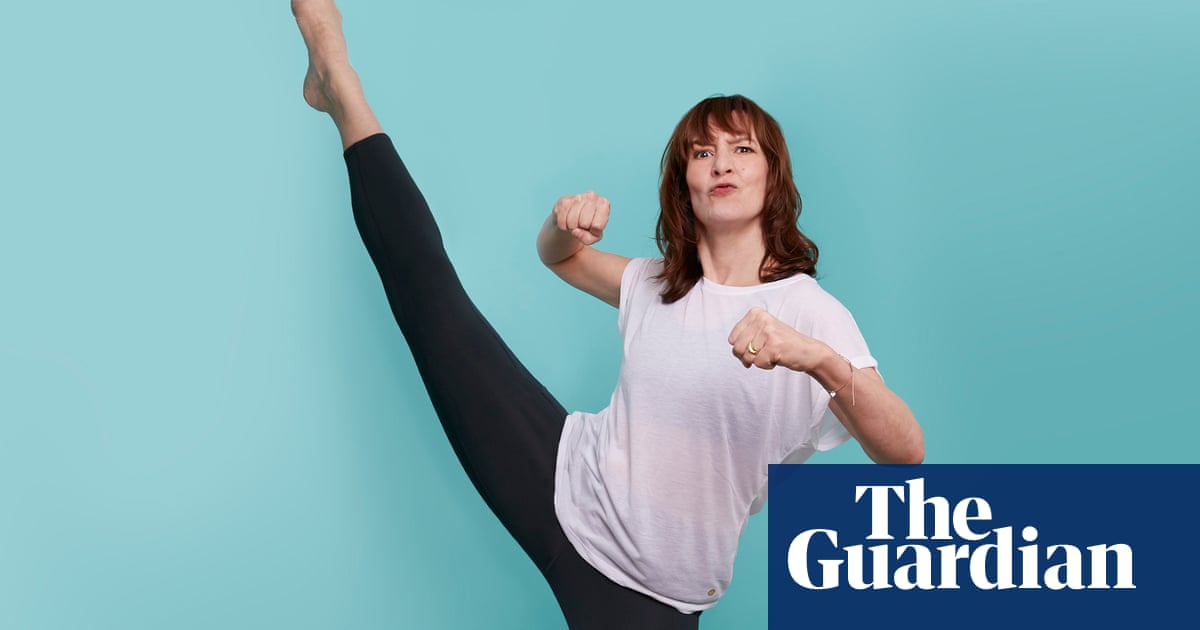
There’s a phrase in yoga that comes up a lot (though this could just be at my yoga place, to which I am so studiously loyal that to go anywhere else would feel like the betrayal of a vow): “This could take a few months to master. This could take 10 years.” Why, cheers, yogic soothsayer. How am I supposed to work with a deadline like that?
It relates to all the things you would, ideally, be able to do with your body and yet can’t: holding your big toe, for instance, and pointing your left leg straight into the air; squatting Cossack-style on the ground, then tipping so you’re balancing only on your hands (the crow). Then there are the poses that are invisibly difficult, such as the standing backbend, which looks so simple – and some people can curve their bodies into a beautiful backwards C – but when I do it, I can give it everything I’ve got and still, to the untrained observer, look like a person just standing still with a pained look on their face.
There are poses so fiendish (shoulders disappearing behind knees) that you’d need a decade, plus an alternate universe in which you’d spent that decade working full-time as a dancer. And then there is yoga whose challenge is to the spirit rather than the body.
Everyone wants to try primal yoga – a blend of tai chi, martial arts and vinyasa yoga – because it sounds so macho. But in fact its component poses are not the fancy ones that make you feel the most inadequate. It’s a state of mind thing: are you moving your body, or are your movements coursing through you in your quest for mental stillness?
If anything, the positions are more awkward than a classic routine – one is actually called the awkward squat, on account of your heels being off the floor and the sheer puff it takes to hold it. This is billed as a slightly slowed-down form, but don’t mistake slow for easy: a lot of stances don’t reveal how hard they are until you’ve been in them for 30 seconds – which doesn’t sound like a long time but is in fact geologically long.
Anyway, back to my fabled spirit. I cannot prove to you that any given movement connects to any given feeling, and I instinctively distrust anyone who says they can. But an emphasis on balance, which essentially means compromising your regular balance to find stability in a different pose, requires intense concentration. Physically, it isn’t always hard: sometimes the most significant instruction is that your eye is looking up, rather than straight ahead, and that on its own would be enough to topple you over if you hadn’t chased away all distraction and pledged yourself to the moment.
It’s like doing a mind crunch instead of a stomach crunch. I think the martial arts element is more in the meditative space than in movements, since I didn’t emerge any better at fighting. Instead I came out suffused with peace, not wanting a fight at all.
What I learned
There is no point trying to measure, or prove, or find the mechanism for inner peace. If you find it, just quietly enjoy it.
Source: TheGuardian
